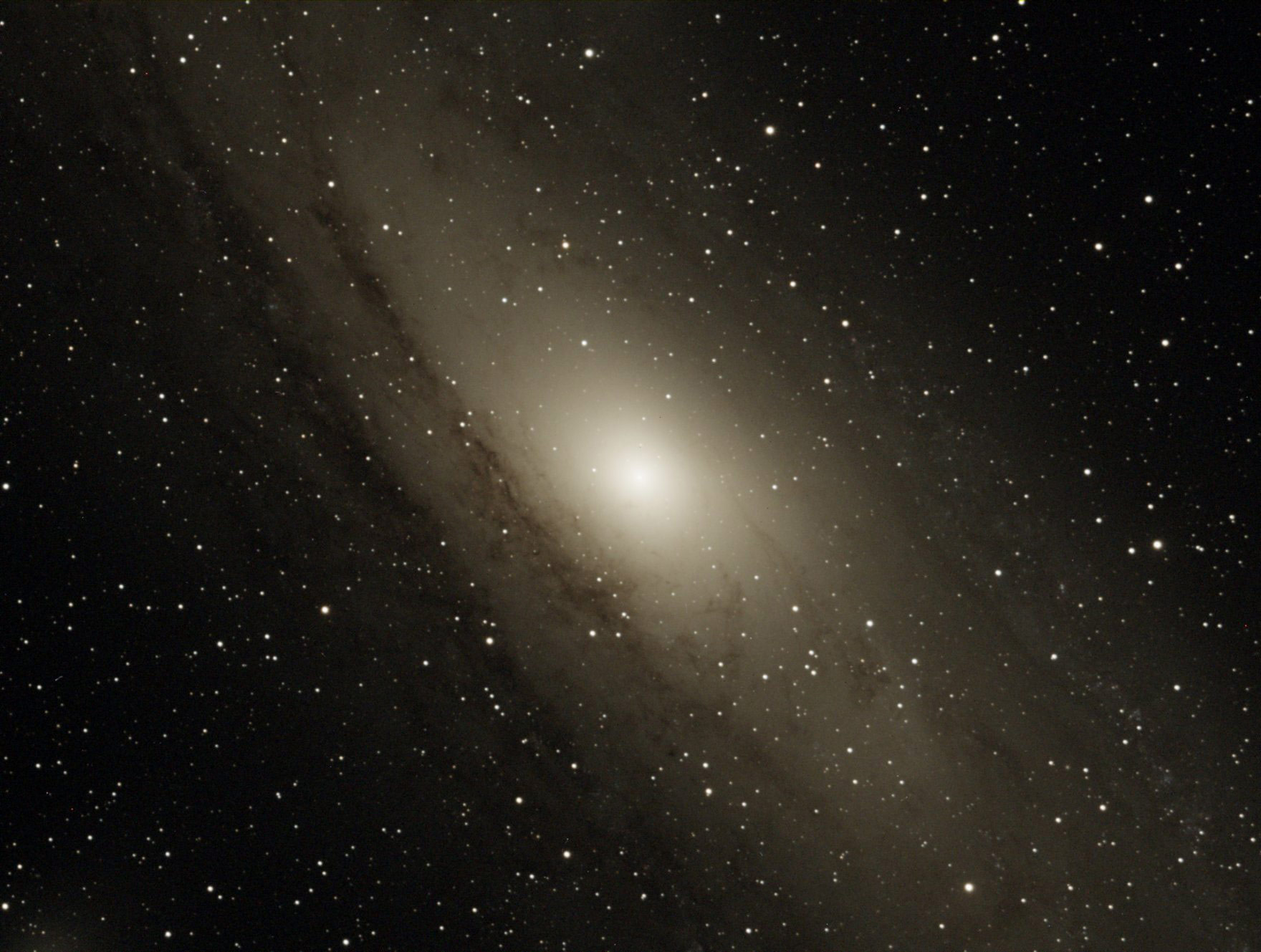
Image courtesy of NASA/MSFC/Meteoroid Environment Office/Bill Cooke
On Oct 10, 2015, Girl Scout Troop 60209 came to see what they could see at the Observatory. RIT and NTID professor Stacey Davis and AST graduate student Kristina Punzi helped me to show them around.
It was still light out when they arrived, so we talked about how astronomers (and physicists and chemists) can determine the chemical composition of a planet or star without ever visiting it directly, or returning any samples. The science of spectroscopy relies on a prism or grating to break light up into a rainbow, and use the presence or absence of particular wavelengths to identify different elements. The scouts used diffraction gratings to examine the light from 4 different glowing gases, and tried to figure out which was which. The contest between scouts and leaders ended up in a tie, with each group getting 3 out of 4 correct.
Stacey Davis then helped the scouts to create their own star wheels. We went outside to match the constellations on the wheels to the real stars in the sky. Some thin clouds allowed us to see only the brightest stars, but we were still able to pick out the Big Dipper, Pegasus, and Andromeda. The Andromeda Galaxy was ... not so easy to find.
We went on a short walk across the fields near the Observatory to give the scouts a chance to work on some aspects of their Night Owl badge. The geese in the distance were restless.
Finally, we came back to the dome to look at the Andromeda Galaxy through our 12-inch telescope. It didn't look much like those cool pictures taken big cameras and long exposures

Image courtesy of
NASA/MSFC/Meteoroid Environment Office/Bill Cooke
but it was still cool to see light that had been emitted by stars over 2 million years ago!
Last modified 10/13/2015 by MWR